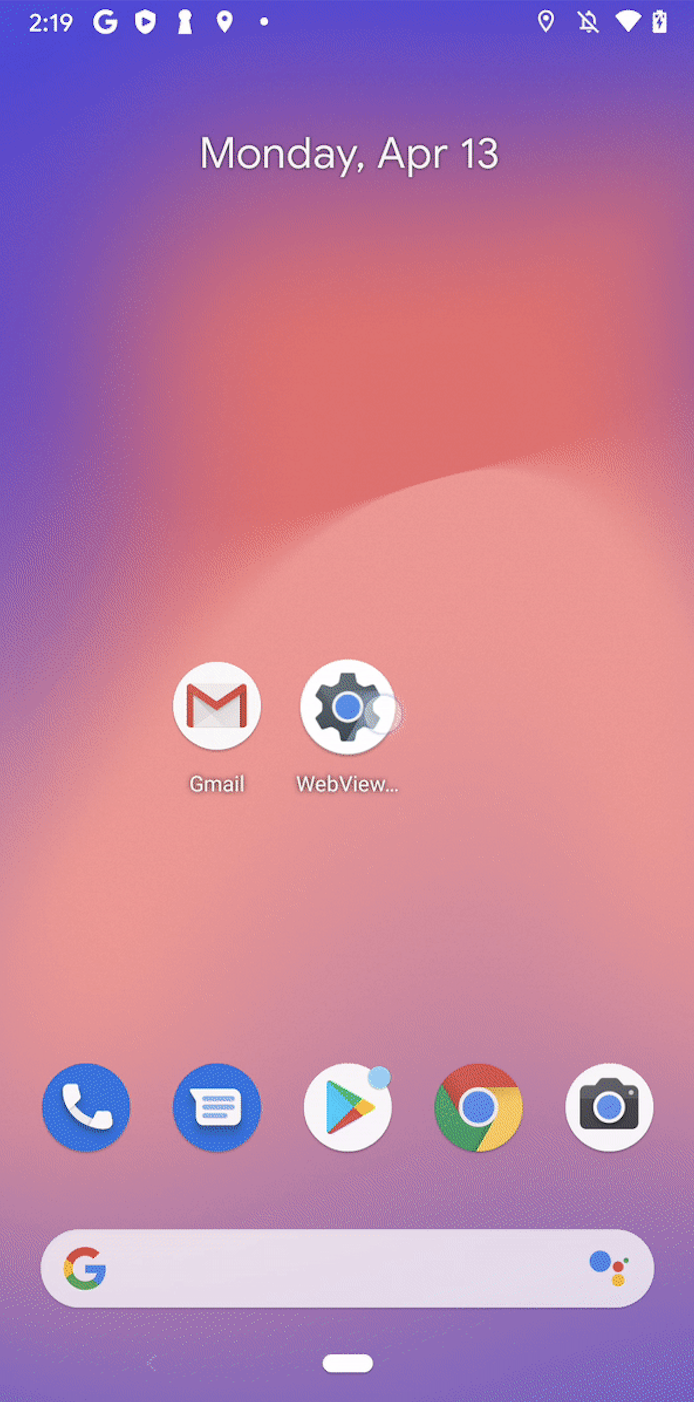Android Game SDK
Posted by Dan Galpin, Developer Advocate
With over 2.5 billion monthly active devices, the Android Platform gives incredible reach for game developers. Taking advantage of that opportunity can be a challenge, particularly if your game really tries to push the limits of what mobile can do. We've spent years working with game developers to try to both capture and address the biggest issues, and we're just beginning to see the fruits of that effort with the launch of the Android Game SDK. The Android Game SDK is a set of libraries that you can use to enhance your Android game.
The first library we are launching in the Android Game SDK helps developers with frame pacing, the synchronization of a game's rendering loop with the OS display subsystem and underlying display hardware. Android's display subsystem is designed to avoid tearing that occurs when the display hardware switches to a new frame in the middle of an update. To this end, it buffers past frames, detects late frame submissions, and repeats the display of past frames when late frames are detected. When a game render loop renders at a different rate than the native display hardware, such as a game running at 30 frames-per-second attempting to render on a device that natively supports 60 FPS, the optimal display flow involves synchronization between the game render loop, the system compositor, and the display hardware.

Optimal Display Flow
Any mismatch in synchronization can create substantial inconsistencies in frame times. If a frame takes substantially less time to render, it can shorten the presentation of the previous frame, causing something like a 33ms, 16ms, and a 50ms sequence.

Synchronization Mismatch: Rendering too Fast
If a frame takes too long to render, a similar problem occurs. The frame will be presented for an extra frame, causing something like a 50ms, 16ms, and 33ms sequence.

Synchronization Mismatch: Slow Frame
In either of these two scenarios, the game player will experience inconsistent delays between game input and screen updates. Visually, things will look less smooth and polished. Both visuals and game play can be impacted.
The Frame Pacing library uses Android's Choreographer API for synchronization with the display subsystem, using presentation timestamp extensions on both OpenGL and Vulkan APIs to make sure frames are presented at the proper time, and sync fences to avoid buffer stuffing. Multiple refresh rates are handled if supported by the device, giving a game more flexibility in presenting a frame. For a device that supports a 60 Hz refresh rate as well as 90 Hz, a game that cannot produce 60 frames per second can drop to 45 FPS instead of 30 FPS to remain smooth. The library detects the expected game frame rate and auto-adjusts frame presentation times accordingly. The Frame Pacing library allows games to take advantage of higher refresh rate 90 and 120 Hz displays, while also making it easy to lock the refresh rate to a desired value, regardless of the underlying display refresh rate.
The Frame Pacing library is built into Unity versions 2019.2 and beyond. Just select the optimized Frame Pacing checkbox under Android Settings to enable smoother frame rates for your game. If you have source to your game engine, it's straightforward to integrate the library into your OpenGL or Vulkan renderer. We've just added library binaries for download at developer.android.com/games/sdk/, or you can download the source code from the Android Open Source Project.
To learn more about Frame Pacing, check out the documentation at developer.android.com, along with the Frame Pacing section of the Optimizing Android Games Performance talk from Google I/O 2019. Be sure to subscribe to our Twitter channel and stay tuned for our announcements at GDC 2020 for more on how we're working to make Android game development better, so you can bring the best game experience to billions of devices.




Komentar
Posting Komentar